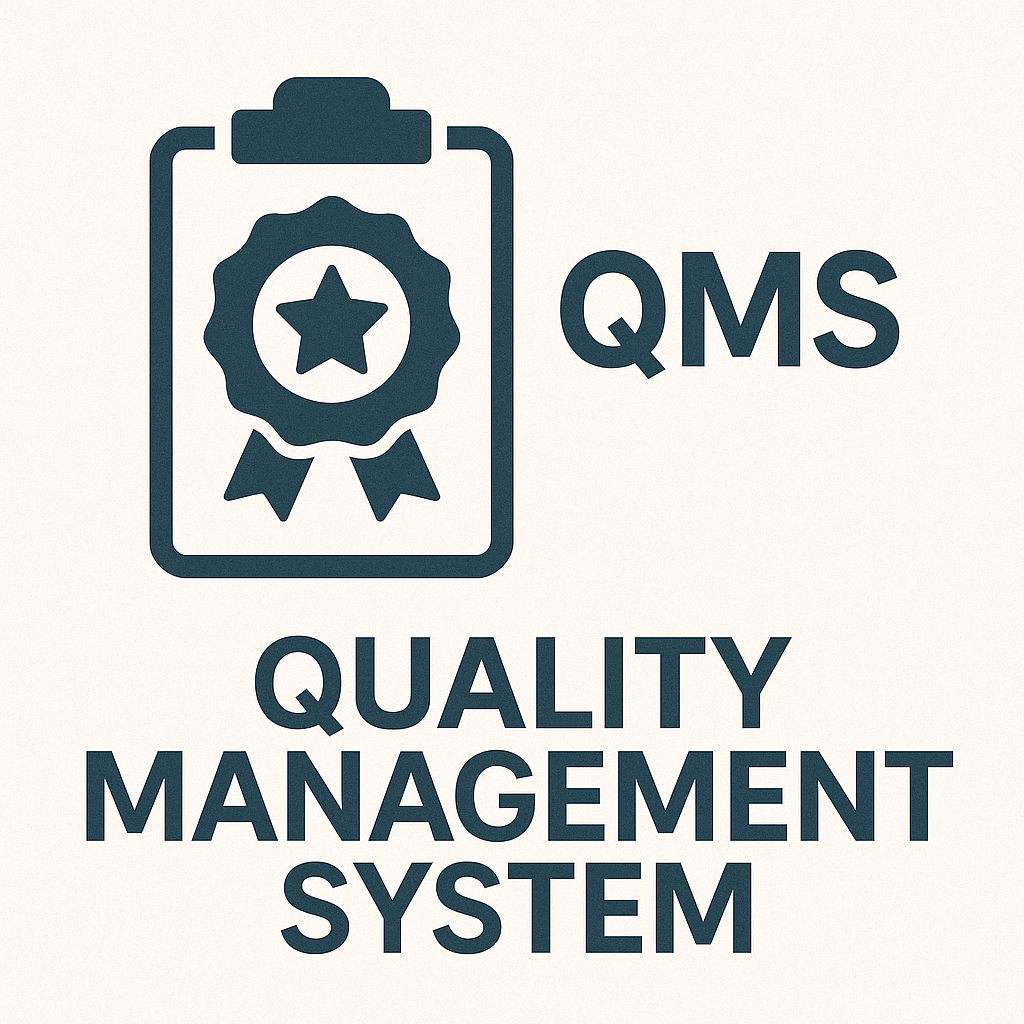A Quality Management System (QMS) is more than a regulatory checkbox—it’s a framework that helps organizations consistently meet customer requirements and improve overall performance.
A strong QMS not only ensures product and service quality but also fosters a culture of continuous improvement, accountability, and customer satisfaction.
From small startups to global enterprises, the success of any business hinges on how well its QMS is designed, implemented, and maintained.
Understanding QMS: A Quick Overview
At its core, a QMS is a formalized system that documents processes, procedures, and responsibilities for achieving quality policies and objectives.
One of the most recognized international standards guiding QMS development is ISO 9001, which outlines key principles for quality assurance.
A robust QMS helps businesses:
- Meet customer expectations and regulatory requirements
- Improve process efficiency
- Reduce errors, waste, and rework
- Enhance communication and documentation
- Promote continuous improvement
Key Elements of a Strong QMS
✅ 1. Leadership Commitment
Strong leadership is foundational to an effective QMS.
When top management is actively involved—setting clear goals, allocating resources, and engaging with staff—quality becomes a shared priority across the organization. Leadership should foster a culture where quality is everyone’s responsibility.
✅ 2. Customer Focus
Every QMS must prioritize the needs and expectations of customers. This includes capturing feedback, monitoring satisfaction, and using complaints or returns as opportunities for improvement. A quality-driven company doesn’t just meet standards—it anticipates and exceeds expectations.
✅ 3. Process-Based Approach
A successful QMS is built around a process approach, where interrelated activities are managed as a system.
This includes identifying inputs, outputs, controls, risks, and performance indicators for each process. Standardizing processes leads to better consistency and fewer errors.
✅ 4. Documented Procedures and Policies
Documentation is the backbone of any QMS. Clear quality manuals, standard operating procedures (SOPs), work instructions, and recordkeeping systems ensure employees know exactly what to do and how to do it. This also makes audits and training more efficient.
✅ 5. Risk-Based Thinking
ISO 9001:2015 emphasizes risk-based thinking, encouraging organizations to proactively identify and mitigate potential failures.
Whether it’s supply chain disruptions or equipment malfunctions, managing risks early helps maintain quality and prevent non-conformities.
✅ 6. Employee Involvement and Training
Employees must be trained not only in their tasks but also in understanding quality goals. Engaged workers are more likely to follow procedures, report issues, and contribute improvement ideas. A strong QMS treats workers as quality champions, not just operators.
✅ 7. Monitoring and Measurement
You can’t improve what you don’t measure. An effective QMS includes Key Performance Indicators (KPIs) such as defect rates, customer complaints, cycle times, and delivery performance.
Internal audits and regular reviews ensure these metrics align with business goals.
✅ 8. Corrective and Preventive Actions (CAPA)
A strong QMS doesn’t just react to problems—it learns from them. CAPA systems help organizations identify root causes of issues, implement fixes, and prevent recurrence. These actions should be data-driven, timely, and thoroughly documented.
✅ 9. Continuous Improvement
Using tools like Plan-Do-Check-Act (PDCA), Six Sigma, or Lean, businesses should continually seek ways to enhance quality, reduce waste, and improve customer value. Regular management reviews and cross-departmental collaboration fuel innovation.
✅ 10. Compliance with Standards
Following frameworks like ISO 9001, GMP (Good Manufacturing Practices), or industry-specific regulations provides structure and credibility to your QMS.
Certification also reassures customers and partners that your processes meet recognized global standards.
QMS and HSEQ Integration
Quality doesn’t exist in a silo. In many modern organizations, Quality is integrated with Health, Safety, and Environment (HSE) to form a comprehensive HSEQ system.
This ensures consistency across safety procedures, environmental responsibilities, and quality assurance.
For example:
- A non-compliant supplier might pose both quality and environmental risks.
- A poorly maintained machine could result in both a safety hazard and a product defect.
When QMS is aligned with HSEQ objectives, organizations can streamline audits, reduce redundancy, and promote a unified culture of operational excellence.
Real-World Example: Manufacturing
In a manufacturing plant, a strong QMS might include:
- Regular equipment calibration and preventive maintenance
- Incoming material inspection and supplier audits
- Real-time quality control checkpoints during production
- Traceability and batch documentation
- Post-production testing and defect tracking
Such a system ensures that each step adds value, reduces waste, and ultimately leads to a high-quality product delivered to the customer.
Common QMS Tools and Techniques
| Tool | Purpose |
|---|---|
| ISO 9001 | Framework for QMS implementation |
| PDCA Cycle | Continuous improvement method |
| Fishbone Diagram | Root cause analysis |
| 5 Whys | Problem-solving technique |
| FMEA (Failure Modes and Effects Analysis) | Risk assessment |
| Checklists & Audits | Compliance tracking |
| Dashboards | Real-time performance visibility |
Conclusion: Quality Is a Competitive Advantage
A strong Quality Management System (QMS) isn’t just about ticking boxes—it’s about building trust, driving efficiency, and achieving excellence.
Whether you’re launching a startup or leading a global operation, investing in a strong QMS sets the foundation for long-term success.
Quality is not an act; it’s a habit—and your QMS should make that habit second nature throughout your organization.

Leave a Reply